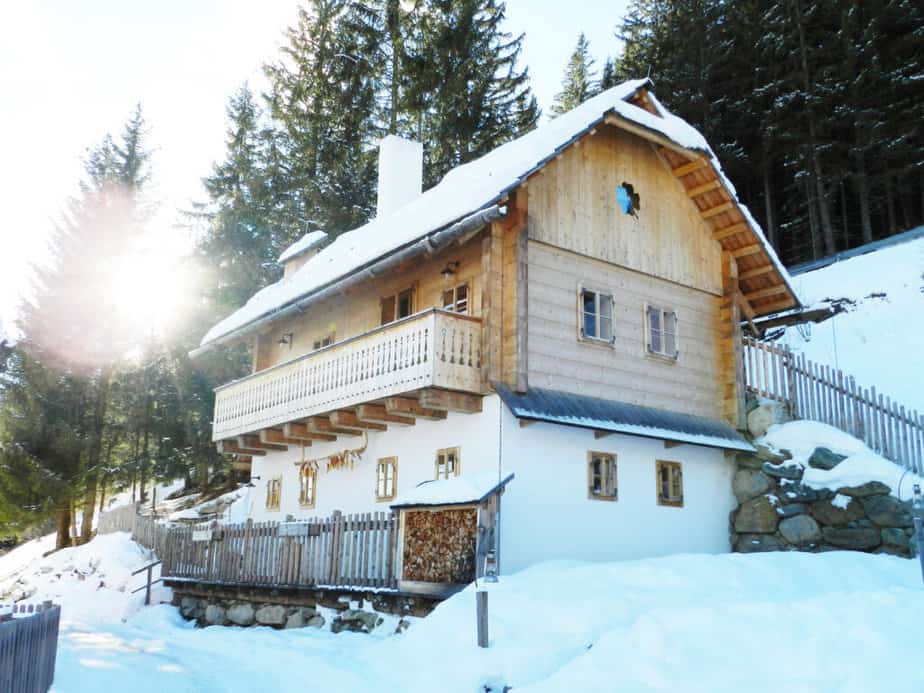
9 Tips to Winterizing your Home
By Faith Hart
With the unseasonable blast of cold temperatures that battered the east coast recently, have you considered whether your home is adequately prepared for winter? Winterizing your home is a vital task that should be performed annually. If you haven’t winterized yet, you still have time! The following list of winterizing tips can help you prepare your home to withstand the frigid season ahead.
Simple Winterizing Tips:
These tips can be done by one person with little effort, and there is no special expertise required.
- Install weather stripping
Readily available in hardware stores, weather stripping can be easily installed around those pesky little gaps in your windows and doors that allow cold air to seep in. Weather stripping keeps cold air out, and helps reduce your power bills.
- Install additional window treatments
Hanging blinds or heavy curtains on windows is another way of keeping cold air out. A practical advantage of windows and blinds is that they can be opened on sunny days, allowing sunlight to warm the room naturally. Once the sun has shifted, they can be closed to keep the warm air inside.
- Inspect Smoke and Carbon Monoxide Detectors
During the winter, we tend to use space heaters, fireplaces and wood-burning stoves more frequently, leaving us more susceptible to house fires. Detectors should be checked monthly, and batteries changed as needed. It is helpful to have extra batteries already on hand, so that replacements are seamless.
- Invest in a Fire Extinguisher
In the event of a fire, having quick access to a fire extinguisher can prevent or slow down the rapid spreading of flames. Existing fire extinguishers older than 10 years should be replaced.
- Stockpile necessary supplies
There’s no need to wait until the weather reporter forecasts a snow storm! Be sure to have the following items on hand and easily accessible in the event of a storm: Flashlights, batteries, candles, matches/lighter, bottled water, non-perishable food supplies, a first-aid kit, and blankets.
More Complex Winterizing Tips:
The following tips are more complex and involve more effort and expertise. While many homeowners are proficient at performing some of these tasks, you should consult a specialized contractor when referenced.
- Clean Gutters
Cleaning leaves and other debris from your gutters allows water to drain away from your roof and home freely. In winter, clogged gutters can allow melting ice to seep into your roof, causing damage. If you are unfamiliar with gutter cleaning, contact a roofing professional.
- Protect your Pipes
Freezing temperatures can potentially damage your home’s water piping. Water expands as it freezes, causing pipes to burst. This can lead to costly damage and repairs. Follow these steps to protect your pipes:
- Keep your thermostat set no lower than 55°F if you are away for long periods of time. Pipes need heat to prevent from freezing.
- In freezing temperatures, leave faucets dripping.
- Drain garden hoses, and disconnect from exterior faucet.
- Insulate all exposed plumbing pipes. Hardware stores carry a variety of fiberglass or foam rubber sleeves for pipes, which are relatively straightforward to install.
- Assess your Insulation
Are you unsure whether your insulation is up to par? It’s worth the effort to have it inspected. There are times when insulation may need to be upgraded. Furthermore, in colder regions, adding extra insulation to the attic will help prevent ice dams.
- Inspect your Heating system
Your furnace and boiler should be inspected by a licensed professional annually. This inspection should include routine cleaning of ductwork. In addition to an annual inspection, consider the following tips to aid in maintenance:
- Keep a supply of filters on-hand, and change them regularly
- Invest in a programmable thermostat that lets you customize your temperature settings based on when you are home and away.